Grow More Cucumbers than you ever thought possible! Are you dreaming of crisp, refreshing salads bursting with homegrown flavor? Or perhaps envisioning jars filled with tangy, homemade pickles? I know I am! But sometimes, despite our best efforts, our cucumber plants just don’t seem to produce the bountiful harvest we crave. Don’t worry, you’re not alone!
For centuries, cucumbers have been a staple in gardens around the world, dating back to ancient India. Their versatility in culinary applications and their refreshing qualities have made them a beloved vegetable across cultures. But let’s face it, getting a truly impressive yield can be tricky. That’s why I’m so excited to share these simple yet effective DIY tricks and hacks that will help you grow more cucumbers and maximize your harvest.
In this article, I’ll walk you through proven methods to boost your cucumber production, from optimizing pollination to providing the perfect growing conditions. These aren’t complicated, time-consuming projects – they’re easy-to-implement strategies that anyone, regardless of their gardening experience, can use to achieve cucumber success. Get ready to enjoy a summer filled with delicious, homegrown cucumbers!
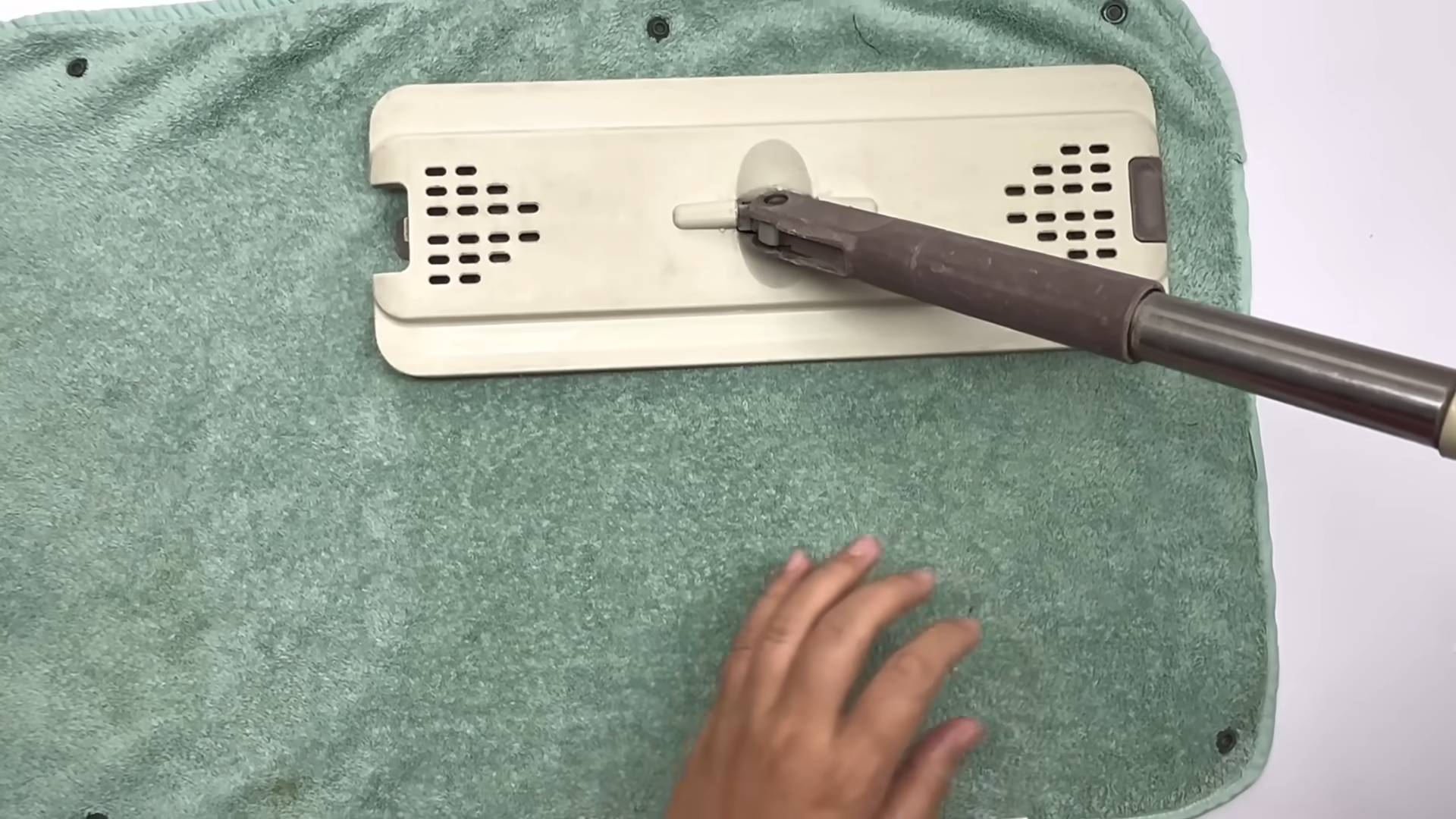
Grow More Cucumbers: My Secret DIY Trellis System
Okay, cucumber lovers, let’s talk about maximizing your cucumber harvest! I’ve been gardening for years, and I’ve learned that cucumbers are greedy little plants. They want sun, water, and, most importantly, space to sprawl. But what if you don’t *have* a ton of space? That’s where my DIY cucumber trellis system comes in. It’s cheap, easy to build, and will seriously boost your cucumber yield. Trust me, you’ll be swimming in cukes before you know it!
Why Trellis Cucumbers?
Before we dive into the how-to, let’s quickly cover the why. Trellising cucumbers offers a ton of benefits:
* Increased Yield: Vertical growth means more sunlight reaches more of the plant, leading to more flowers and, ultimately, more cucumbers.
* Better Air Circulation: Reduced humidity around the plants minimizes the risk of fungal diseases like powdery mildew.
* Cleaner Cucumbers: No more muddy cucumbers! They hang freely, staying clean and blemish-free.
* Space Saving: Grow more cucumbers in a smaller area. Perfect for small gardens or container gardening.
* Easier Harvesting: No more bending over and searching through tangled vines. Harvesting becomes a breeze!
Materials You’ll Need
This trellis is designed to be budget-friendly. Here’s what you’ll need:
* Four 8-foot long 2×4 lumber pieces: These will form the main frame of the trellis. Pressure-treated lumber is best for longevity, especially if you live in a wet climate.
* One 4-foot long 2×4 lumber piece: This will be used as a horizontal support.
* Heavy-duty netting or wire mesh: Choose a mesh size that’s easy for cucumber tendrils to grab onto (around 6-inch squares is ideal). You’ll need enough to cover the entire frame. I personally prefer netting because it’s lighter and easier to work with.
* Wood screws (2-3 inches): For assembling the frame.
* Staple gun and staples: To attach the netting to the frame.
* Measuring tape: Essential for accurate cuts and assembly.
* Saw: To cut the lumber to size. A circular saw or hand saw will work.
* Drill: For pre-drilling holes and driving in screws.
* Gloves: To protect your hands.
* Safety glasses: Always protect your eyes when working with power tools.
* Optional: Wood stain or sealant: To protect the wood from the elements and extend the life of your trellis.
Building the Cucumber Trellis: Step-by-Step
Alright, let’s get building! This trellis is relatively simple to construct, even for beginner DIYers.
1. Cutting the Lumber
1. Measure and mark: Using your measuring tape and a pencil, carefully measure and mark the 2×4 lumber according to the following dimensions:
* Four 8-foot pieces (these remain as is)
* One 4-foot piece (this remains as is)
2. Cut the lumber: Using your saw, carefully cut the lumber at the marked points. Make sure your cuts are straight and clean. Safety first!
2. Assembling the Frame
1. Create the rectangle: Lay two of the 8-foot pieces parallel to each other on the ground. These will be the vertical sides of your trellis.
2. Attach the top and bottom: Place the other two 8-foot pieces across the top and bottom of the vertical pieces, forming a rectangle. Make sure the corners are square. You can use a carpenter’s square to check this.
3. Pre-drill holes: Before screwing the pieces together, pre-drill holes through the top and bottom pieces into the vertical pieces. This will prevent the wood from splitting. Use a drill bit slightly smaller than the diameter of your screws.
4. Screw the frame together: Using your drill and wood screws, securely fasten the top and bottom pieces to the vertical pieces. Make sure the screws are driven in straight and flush with the surface of the wood.
5. Add the horizontal support: Measure the inside width of your trellis frame. Position the 4-foot piece horizontally across the center of the frame, creating a support beam. This will add stability to the trellis and provide extra support for the cucumber vines.
6. Pre-drill and screw: Just like before, pre-drill holes through the vertical sides of the frame into the ends of the 4-foot support piece. Then, screw the support piece securely in place.
3. Attaching the Netting
1. Unroll the netting: Carefully unroll your netting or wire mesh.
2. Position the netting: Lay the netting over the frame, making sure it covers the entire area. Leave a few inches of extra netting around the edges for stapling.
3. Staple the netting: Using your staple gun, begin stapling the netting to the frame. Start at one corner and work your way around, pulling the netting taut as you go. Make sure the staples are securely embedded in the wood.
4. Trim excess netting: Once the netting is securely attached, trim off any excess netting around the edges with scissors or a utility knife.
4. Finishing Touches (Optional)
1. Sand rough edges: If there are any rough edges or splinters on the wood, sand them down with sandpaper.
2. Apply stain or sealant: To protect the wood from the elements and extend the life of your trellis, apply a coat of wood stain or sealant. Follow the manufacturer’s instructions for application. Let it dry completely before using the trellis.
Setting Up Your Cucumber Trellis in the Garden
Now that your trellis is built, it’s time to put it to work!
1. Choose a sunny location: Cucumbers need at least 6-8 hours of sunlight per day. Choose a location in your garden that receives plenty of sun.
2. Prepare the soil: Cucumbers prefer well-drained soil that is rich in organic matter. Amend the soil with compost or aged manure before planting.
3. Plant your cucumber seedlings or seeds: Follow the instructions on your seed packet or seedling label for spacing and planting depth. I usually plant my cucumber seedlings about 12 inches apart at the base of the trellis.
4. Position the trellis: Carefully position the trellis behind your cucumber plants. Make sure it’s stable and won’t tip over. You can use stakes to secure it to the ground if necessary.
5. Guide the vines: As your cucumber vines grow, gently guide them onto the trellis. You can use plant clips or twine to help them attach. Once they start grabbing on with their tendrils, they’ll take care of the rest!
Tips for Growing Amazing Cucumbers
Here are a few extra tips to help you grow a bumper crop of cucumbers:
* Water regularly: Cucumbers need consistent moisture, especially during hot weather. Water deeply and regularly, especially when the fruits are developing.
* Fertilize: Feed your cucumber plants with a balanced fertilizer every few weeks.
* Pest control: Keep an eye out for common cucumber pests like aphids and squash bugs. Treat infestations promptly with insecticidal soap or other appropriate methods.
* Harvest frequently: Harvest your cucumbers regularly, as soon as they reach the desired size. This will encourage the plant to produce more fruit.
* Choose the right variety: Some cucumber varieties are better suited for trellising than others. Look for varieties that are labeled as “bush” or “compact,” as these tend to have shorter vines. Vining varieties will also work, but you may need to prune them to keep them manageable. I personally love growing ‘Spacemaster’ and ‘Bush Champion’ on my trellises.
Troubleshooting
* Trellis tipping over: If your trellis is unstable and tipping over, use stakes to secure it to the ground. Drive the stakes into the ground at an angle, leaning against the trellis.
* Vines not climbing: If your cucumber vines are not climbing the trellis on their own, gently guide them onto the netting and use plant clips or twine to secure them.
* Yellowing leaves: Yellowing leaves can be a sign of overwatering, underwatering, or nutrient deficiency. Adjust your watering schedule and fertilize your plants as needed.
* Powdery mildew: Powdery mildew is a common fungal disease that can affect cucumbers. Improve air circulation around your plants by pruning the leaves and stems. You can also treat powdery mildew with a fungicide.
Enjoy Your Cucumber Harvest!
Building this DIY cucumber trellis has been a game-changer for my garden. I hope it helps you grow more cucumbers than you ever thought possible! There’s nothing
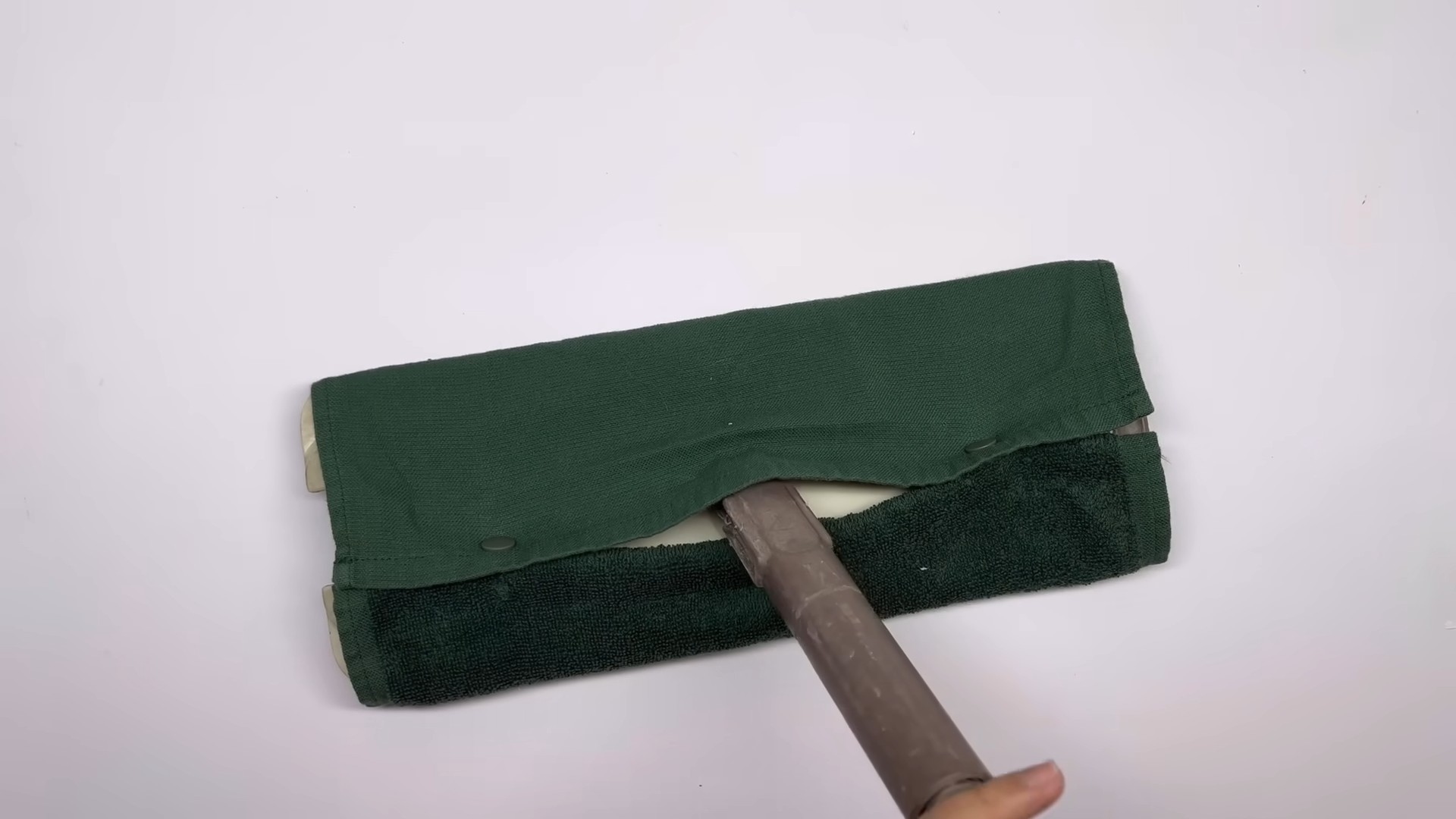
Conclusion
So, there you have it! This simple, yet incredibly effective DIY trick to grow more cucumbers is a game-changer for any gardener, regardless of experience level. We’ve walked you through the process, highlighting the benefits of increased yield, healthier plants, and a more rewarding gardening experience overall. Forget struggling with meager harvests and disappointing results. This method empowers you to maximize your cucumber production and enjoy an abundance of fresh, crisp cucumbers all season long.
Why is this a must-try? Because it addresses the core needs of cucumber plants: proper support, optimized sunlight exposure, and improved air circulation. By implementing this DIY solution, you’re not just growing cucumbers; you’re creating an environment where they can thrive. The difference between a struggling cucumber plant and a flourishing one can be as simple as providing the right support system. This method is cost-effective, environmentally friendly, and, most importantly, it works!
Looking to personalize your approach? Consider these variations:
* Vertical Gardening with Trellises: Instead of individual stakes, construct a simple trellis system using readily available materials like bamboo poles or repurposed fencing. This is especially useful if you’re growing multiple cucumber plants in a row.
* Container Gardening Adaptation: Even if you’re limited to container gardening, you can adapt this trick. Use smaller stakes or a miniature trellis designed for pots. Ensure your containers are large enough to accommodate the mature cucumber plants and their root systems.
* Companion Planting Boost: Enhance your cucumber growth by incorporating companion plants like marigolds (to deter pests) or dill (to attract beneficial insects). Planting these alongside your cucumbers can further improve their health and yield.
* DIY Fertilizer: Supplement your cucumber plants with a homemade fertilizer made from compost tea or diluted fish emulsion. This will provide them with the essential nutrients they need to flourish.
We are confident that this DIY trick will revolutionize your cucumber growing experience. Don’t just take our word for it – try it yourself! We encourage you to experiment, adapt the method to your specific gardening conditions, and most importantly, share your results with us. Post pictures of your thriving cucumber plants, share your tips and tricks, and let us know how this DIY method has helped you grow more cucumbers than ever before. Your feedback is invaluable and will help other gardeners discover the joy of abundant cucumber harvests. Happy gardening!
Frequently Asked Questions (FAQ)
What type of cucumbers does this DIY trick work best for?
This DIY trick is beneficial for most cucumber varieties, especially vining types like slicing cucumbers, pickling cucumbers, and English cucumbers. Bush varieties, which are more compact, may not require as much support, but even they can benefit from some form of staking to improve air circulation and prevent the fruits from sitting directly on the soil. Consider the mature size and growth habit of your specific cucumber variety when deciding on the best support system.
How often should I water my cucumber plants after implementing this DIY trick?
Watering frequency depends on several factors, including your climate, soil type, and the size of your plants. Generally, cucumber plants need consistent moisture, especially during fruiting. Aim to water deeply whenever the top inch of soil feels dry to the touch. Avoid overwatering, as this can lead to root rot. Mulching around the base of the plants can help retain moisture and reduce the need for frequent watering.
What kind of soil is best for growing cucumbers?
Cucumbers thrive in well-draining, fertile soil that is rich in organic matter. Amend your soil with compost or well-rotted manure before planting to improve its structure and nutrient content. A slightly acidic to neutral soil pH (around 6.0 to 7.0) is ideal. If your soil is heavy clay, consider adding sand or other amendments to improve drainage.
How much sunlight do cucumber plants need?
Cucumber plants require at least 6-8 hours of direct sunlight per day to produce a bountiful harvest. Choose a planting location that receives ample sunlight throughout the day. If you live in a particularly hot climate, some afternoon shade may be beneficial to prevent the plants from overheating.
How do I prevent common cucumber pests and diseases?
Several strategies can help prevent common cucumber pests and diseases. These include:
* Crop Rotation: Avoid planting cucumbers in the same location year after year to prevent the buildup of soilborne diseases.
* Good Air Circulation: Proper spacing between plants and the use of trellises or stakes (as described in this DIY trick) can improve air circulation and reduce the risk of fungal diseases.
* Regular Inspection: Regularly inspect your plants for signs of pests or diseases, such as aphids, squash bugs, or powdery mildew.
* Organic Pest Control: Use organic pest control methods, such as insecticidal soap or neem oil, to control pests.
* Disease-Resistant Varieties: Choose disease-resistant cucumber varieties whenever possible.
When is the best time to harvest cucumbers?
The best time to harvest cucumbers depends on the variety and your personal preference. Generally, cucumbers are ready to harvest when they are firm, green, and have reached the desired size for their variety. Overripe cucumbers can become bitter and seedy. Harvest regularly to encourage continued production.
Can I use this DIY trick for other vining plants besides cucumbers?
Yes, this DIY trick can be adapted for other vining plants, such as tomatoes, beans, peas, and even some types of squash. The principles of providing support, improving air circulation, and maximizing sunlight exposure are beneficial for many vining plants. Adjust the size and strength of the support system to suit the specific needs of the plant you are growing.
What if my cucumber plants are not producing flowers?
Lack of flowering in cucumber plants can be due to several factors, including insufficient sunlight, poor soil fertility, or improper watering. Ensure your plants are receiving at least 6-8 hours of direct sunlight per day and that the soil is rich in nutrients. Avoid overwatering or underwatering. You can also try fertilizing your plants with a fertilizer that is high in phosphorus, which promotes flowering.
How do I deal with yellowing leaves on my cucumber plants?
Yellowing leaves on cucumber plants can indicate several problems, including nutrient deficiencies, overwatering, underwatering, or disease. Inspect your plants carefully to determine the cause. If the yellowing is accompanied by brown spots or other symptoms, it may be a sign of disease. Adjust your watering practices, fertilize your plants if necessary, and treat any diseases promptly.
Can I save seeds from my cucumbers to plant next year?
Saving seeds from hybrid cucumber varieties is generally not recommended, as the resulting plants may not be true to type. However, you can save seeds from open-pollinated cucumber varieties. Allow the cucumbers to mature fully on the vine until they turn yellow or orange. Scoop out the seeds and pulp, and ferment them in water for a few days to remove the gelatinous coating. Rinse the seeds thoroughly and dry them completely before storing them in a cool, dry place.

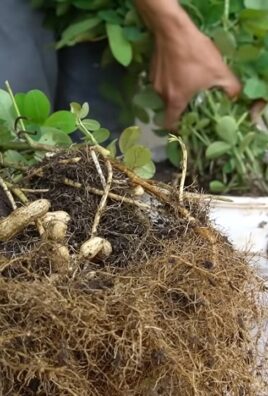
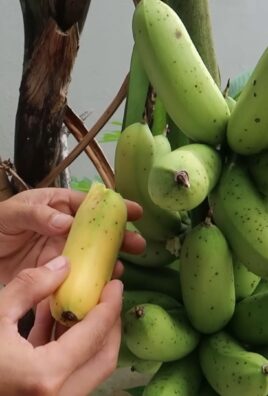
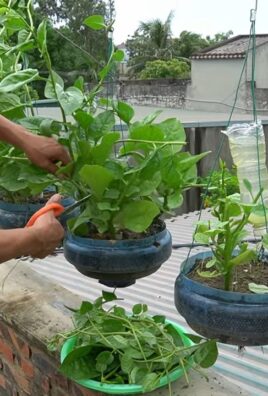
Leave a Comment